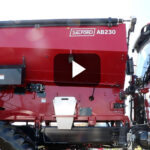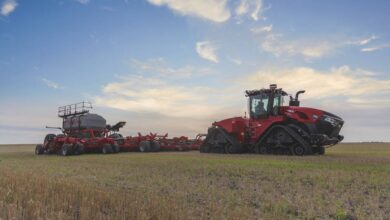Safeguarding Saskatchewan Water
Stable water supply rights are essential for social, environmental, economic, and industrial aspects of a country, state, or province. It is important to provide water for basic health and hygiene needs, as well as for industries that drive our economy such as agriculture, transportation and natural energy sources, all while providing a healthy ecosystem within our environment (USAID, 2022.) We acknowledge and include rights and considerations from Indigenous communities who already struggle with water security. Within Canada, there 618 Indigenous communities that lack access to safe drinking water (S. Yenilmez, 2024). A total of four Indigenous communities within the province of Saskatchewan still face long-term water advisories (Indigenous Watch Dogs, 2023). With the high demand for reliable water resources, a new force of water management is required to work towards these needs. There is a significant information and policy gap regarding water supply rights and how it is allocated efficiently within agriculture to aid all farmers and their operations. There is a strong need for a water supply management policy system to increase sustainable use and equal access in Saskatchewan. To accomplish this, we must assess how water rights are assigned currently and apply policy to ensure adequate use of the resource.
Why Should We Care?
Water is a very scarce resource and essential to all aspects of life (USAID, 2022). We as a province must find ways to utilize the great opportunities of this resource without destroying its key benefits. It must be a goal to have this resource in many years to come, and to achieve this goal we must enforce sustainability. With a large amount of effort, regulations, and investments while considering every industry equally, we can move closer to our goal.

Actions Necessary
Various parts of the province have different amounts of water availability and the only way to have a successful policy is to have options for different sections of the province. This topic cannot be shaped into a “one size fits all” motive (Water Security Agency, 2023). There must be a consensus reached to fit each unique challenge a region may face. Environmental concerns are huge factors that we cannot control. We must adapt and tailor to each need, while not favouring one above another. The big issue that stems from water usage in agriculture is the leaching of chemicals into the groundwater system. Ground water contamination due to pesticides depends on many factors. Some being the climate conditions of the area (is it a wetter or dryer climate), landscape types, and the agricultural practices such as frequency of spraying and the concentration of treatment (Gov. of Canada, 2024). In 2021 70% of farmland is classified as low contamination risk, 15% of farms with moderate risk, and 16% of farmland with higher risk in some of the wetter regions of the Province (Gov. of Canada, 2024). With beneficial management practices, as well as proper drainage or decomposition techniques this can improve water systems affected by agricultural practices. To monitor and regulate the drainage effects of agriculture productivity would tremendously improve the support of an irrigation water management system (Gov. of Canada, 2021). Stable watersheds maintained from specific farm operations can help with monitored drainage techniques and natural water storage.
Conclusion
To help address this challenge and step up towards our goal of maximum water benefits and maximum water sustainability, we can consider many solutions. Policies, certificates and certain regulations and requirements should be implemented. When assessing irrigation management and water supply systems, there is many benefits shown from this. Improvements in crop yields, accessible and sustained watershed retention, supported livestock production, and overall managed water quality (Gov. of Canada, 2021). This is a long-term vision for the Prairies as Saskatchewan leverages its agricultural growth potential for maximal benefits. It envisions a future where water resources across the region are managed sustainably and fairly through coordinated and collaborative efforts. The advantages of this vision include lasting and widespread economic benefits, along with climate change resilience for communities (Gov. of Canada, 2021). These benefits will be accessible to all residents of the Prairies and Canada for generations to come. No better time to take a bold stand then right now.




